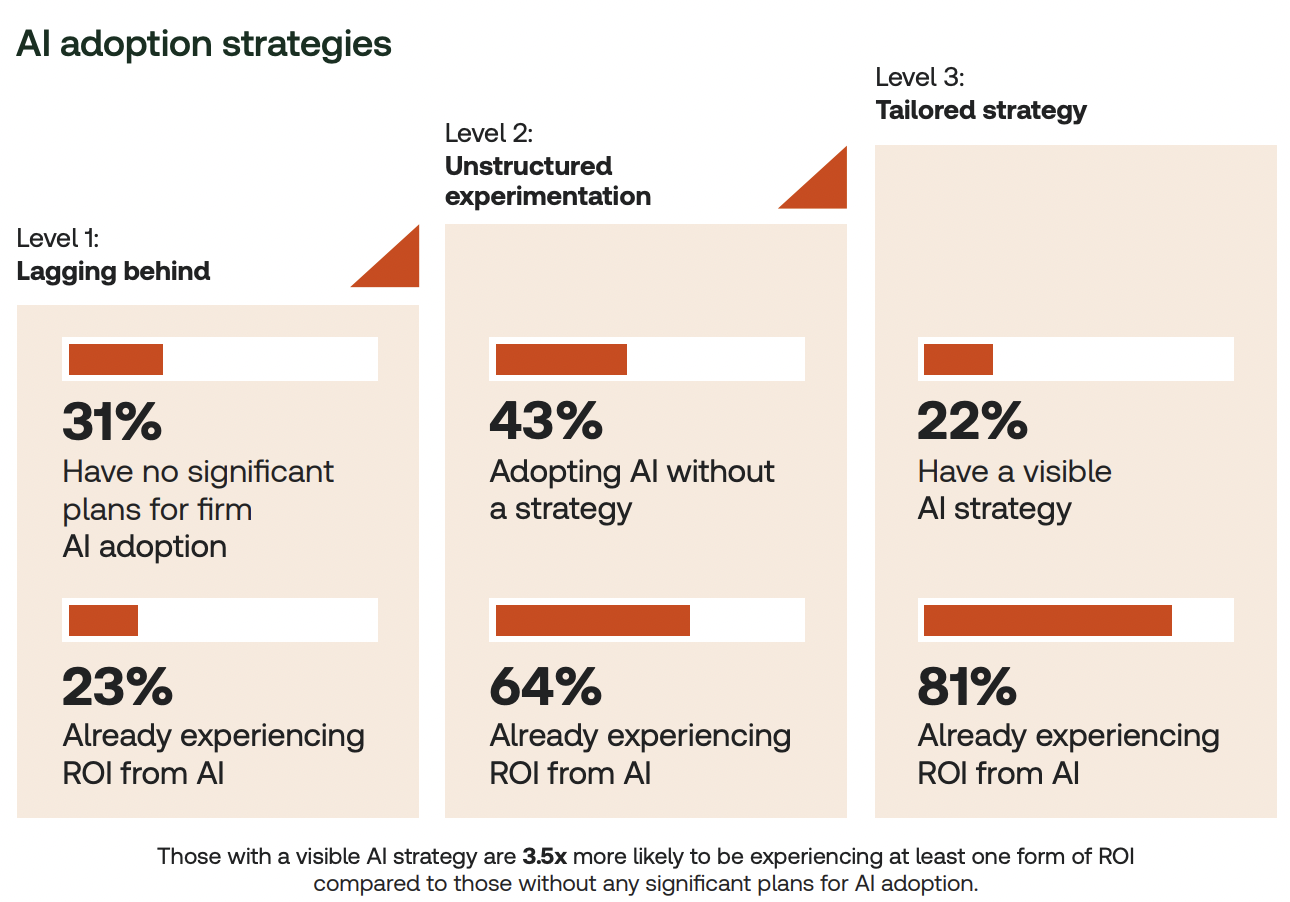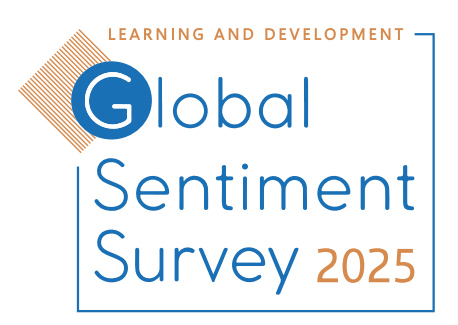NVIDIA Partners With Industry Leaders to Advance Genomics, Drug Discovery and Healthcare — from nvidianews.nvidia.com
IQVIA, Illumina, Mayo Clinic and Arc Institute Harness NVIDIA AI and Accelerated Computing to Transform $10 Trillion Healthcare and Life Sciences Industry
J.P. Morgan Healthcare Conference—NVIDIA today announced new partnerships to transform the $10 trillion healthcare and life sciences industry by accelerating drug discovery, enhancing genomic research and pioneering advanced healthcare services with agentic and generative AI.
The convergence of AI, accelerated computing and biological data is turning healthcare into the largest technology industry. Healthcare leaders IQVIA, Illumina and Mayo Clinic, as well as Arc Institute, are using the latest NVIDIA technologies to develop solutions that will help advance human health.
These solutions include AI agents that can speed clinical trials by reducing administrative burden, AI models that learn from biology instruments to advance drug discovery and digital pathology, and physical AI robots for surgery, patient monitoring and operations. AI agents, AI instruments and AI robots will help address the $3 trillion of operations dedicated to supporting industry growth and create an AI factory opportunity in the hundreds of billions of dollars.
AI could transform health care, but will it live up to the hype? — from sciencenews.org by Meghan Rosen and Tina Hesman Saey
The technology has the potential to improve lives, but hurdles and questions remain
True progress in transforming health care will require solutions across the political, scientific and medical sectors. But new forms of artificial intelligence have the potential to help. Innovators are racing to deploy AI technologies to make health care more effective, equitable and humane.
AI could spot cancer early, design lifesaving drugs, assist doctors in surgery and even peer into people’s futures to predict and prevent disease. The potential to help people live longer, healthier lives is vast. But physicians and researchers must overcome a legion of challenges to harness AI’s potential.
HHS publishes AI Strategic Plan, with guidance for healthcare, public health, human services — from healthcareitnews.com by Mike Miliard
The framework explores ways to spur innovation and adoption, enable more trustworthy model development, promote access and foster AI-empowered healthcare workforces.
The U.S. Department of Health and Human Services has issued its HHS Artificial Intelligence Strategic Plan, which the agency says will “set in motion a coordinated public-private approach to improving the quality, safety, efficiency, accessibility, equitability and outcomes in health and human services through the innovative, safe, and responsible use of AI.”
How Journalism Will Adapt in the Age of AI — from bloomberg.com/ by John Micklethwait
The news business is facing its next enormous challenge. Here are eight reasons to be both optimistic and paranoid.
AI promises to get under the hood of our industry — to change the way we write and edit stories. It will challenge us, just like it is challenging other knowledge workers like lawyers, scriptwriters and accountants.
…
Most journalists love AI when it helps them uncover Iranian oil smuggling. Investigative journalism is not hard to sell to a newsroom. The second example is a little harder. Over the past month we have started testing AI-driven summaries for some longer stories on the Bloomberg Terminal.
The software reads the story and produces three bullet points. Customers like it — they can quickly see what any story is about. Journalists are more suspicious. Reporters worry that people will just read the summary rather than their story.
…
So, looking into our laboratory, what do I think will happen in the Age of AI? Here are eight predictions.
‘IT will become the HR of AI agents’, says Nvidia’s CEO: How should organisations respond? — from hrsea.economictimes.indiatimes.com by Vanshika Rastogi
Nvidia’s CEO, Jensen Huang’s recent statement “IT will become the HR of AI agents” continues to spark debate about IT’s evolving role in managing AI systems. As AI tools become integral, IT teams will take on tasks like training and optimising AI agents, blending technical and HR responsibilities. So, how should organisations respond to this transformation?

















